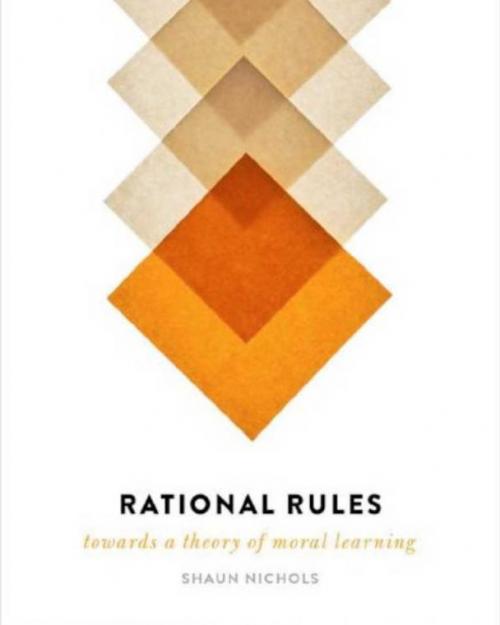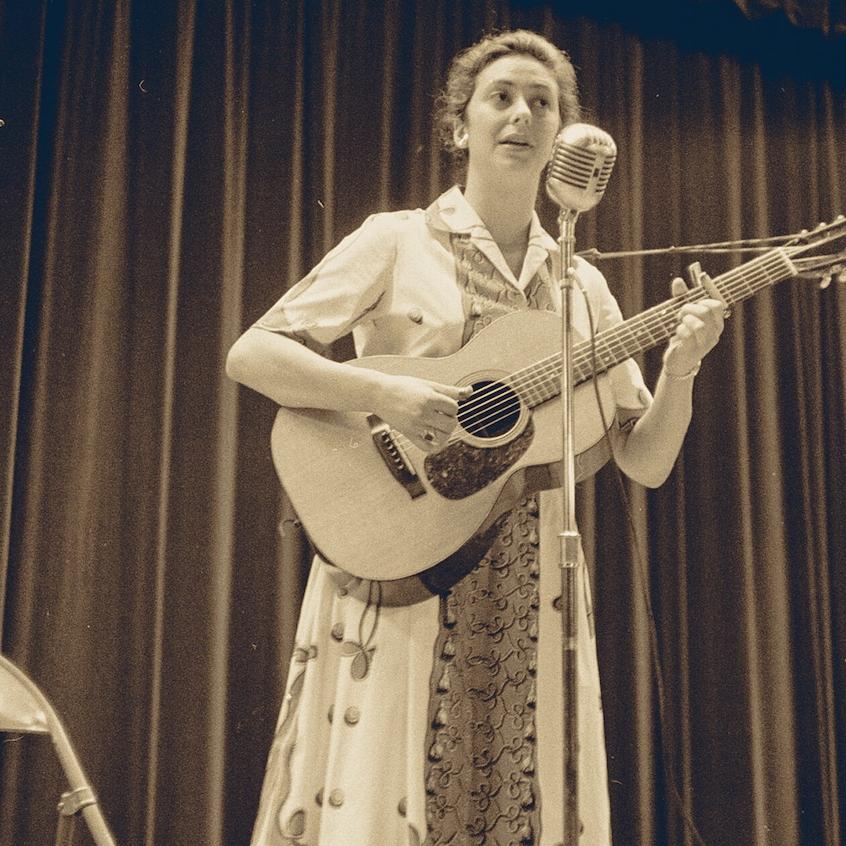
 Department Homepage
The College of Arts & Sciences
Department Homepage
The College of Arts & Sciences
‘Rational Rules’ book examines how we learn morals
Philosophy professor Shaun Nichols argues that we can explain many of the features of moral systems and how humans form them in terms of rational learning from evidence.



